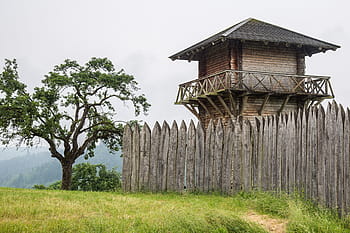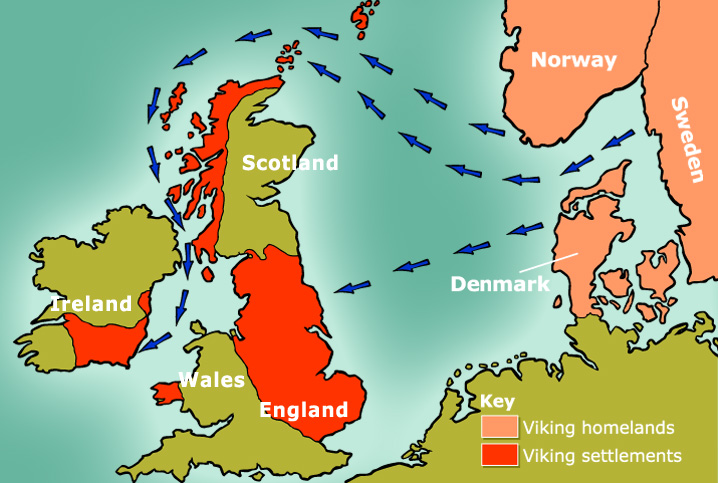
As the Romans pushed north and achieved what seemed like the final victory over the native Britons at the Battle of Mons Graupius (AD 83), the Twentieth Legion ( Legio XX Valeria Victrix) moved north to Inchtuthil on the River Tay. The original intent was York would merely be a temporary base with the Legion moving north as the insurgency across the Pennines was suppressed. Named by the Romans as Eboracum, the fortress was configured in a standard playing card configuration and enclosed an area of 50 acres - sufficient to house the men, animals and work facilities required by the 5000+ strong unit. The site was chosen due to its proximity to the convergence of the Rivers Foss and Ouse which offered both logistical and defensive benefits.

He moved the Ninth Legion ( Legio IX Hispana) north to a new base in York, the centre of the tribe's territory.

Accordingly Petilius Cerialis, who was appointed Governor of Britain in AD 71, commenced the conquest of the Brigantes. However, in AD 68 its ruler, Queen Cartimandua, was deposed and the tribe then supported rebellions against Roman rule. Around AD 65 the Ninth Legion ( Legio IX Hispana) established a fortress at Lincoln ( Lindum) but held there as the land to the north - much of Yorkshire and beyond - was under the control of the pro-Roman Brigantes tribe.


Nevertheless the Romans overcame resistance in the south, an extensive insurgency in Wales plus the Boudica rebellion and by the AD 70s they were looking to extend their control northwards. This was the start of the Roman conquest of Britain and it would consume Imperial resources for decades. In AD 43 four Roman Legions, supported by extensive auxiliary units, stormed ashore at Richborough in Kent.


 0 kommentar(er)
0 kommentar(er)
